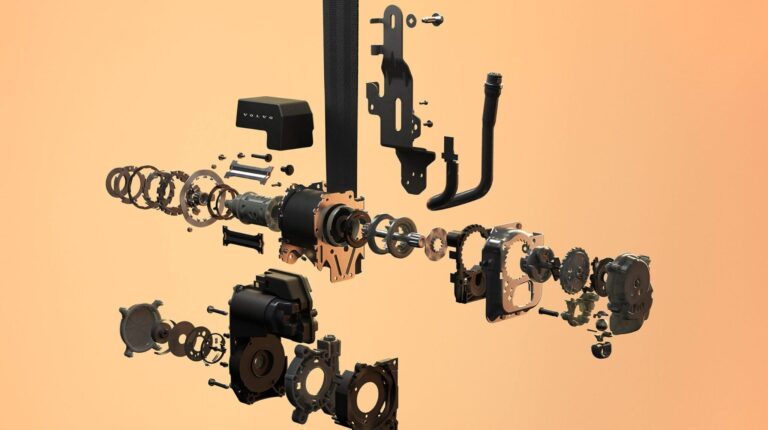Volvo Cars has unveiled a world-first multi-adaptive safety belt, aimed at enhancing safety for everyone in real-world traffic situations.
Debuting in the upcoming fully electric Volvo EX60 in 2026, the new safety belt is designed to better protect people by adapting to traffic variations and the person wearing it, using real-time data from the car’s advanced sensors.
The multi-adaptive safety belt uses data input from interior and exterior sensors to customize protection, adapting the setting based on the situation and individual’s profiles, such as their height, weight, body shape and seating position. For example, a larger occupant in a serious crash will receive a higher belt load setting to help reduce the risk of head injury, while a smaller occupant in a milder crash will receive a lower belt load setting to reduce the risk of rib fractures. This is achieved by significantly increasing the number of load-limiting profile variations, which manage the force applied to the occupants in the event of an accident.
“The world first multi-adaptive safety belt is another milestone for automotive safety and a great example of how we leverage real-time data with the ambition to help save millions of more lives,” said Åsa Haglund, head of Volvo Cars Safety Centre. “This marks a major upgrade to the modern three-point safety belt, a Volvo invention introduced in 1959, estimated to have saved over a million lives.”
Leveraging data to improve safety
With five decades of safety research and a database of over 80,000 occupants involved in real-life accidents, Volvo Cars has built a wealth of safety knowledge and experience that has informed its technology development and products.
Modern safety belts use load limiters to control how much force the safety belt applies on the human body during a crash. The multi-adaptive safety belt expands the load-limiting profiles from three to 11 and increases the possible number of settings, enabling it to optimize performance for each situation and individual.
Volvo’s safety belt can use data from different sensors, including exterior, interior and crash sensors. The car’s system then analyzes the unique characteristics of a crash, such as direction, speed and passenger posture, and shares that information with the safety belt. Based on this data, the system selects the most appropriate setting.
Over-the-air software updates
The multi-adaptive safety belt is designed to be improved via over-the-air software updates. As Volvo Cars gathers more data and insights, the car can improve its understanding of the occupants, new scenarios and response strategies.
In related news, Ford has launched the SupportBelt, a soft, foam accessory that attaches to a car seatbelt to relieve pressure on the chest. Read the full story here


